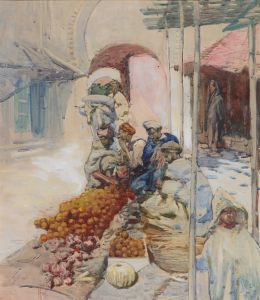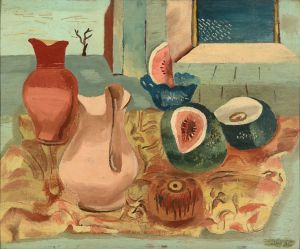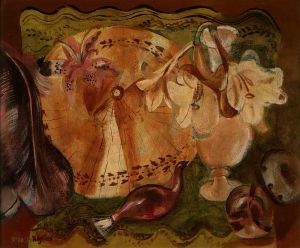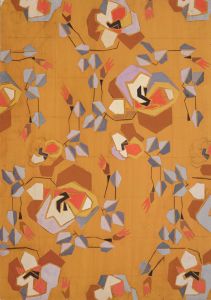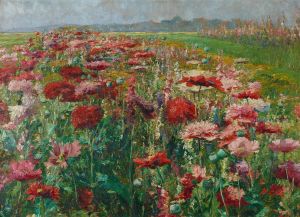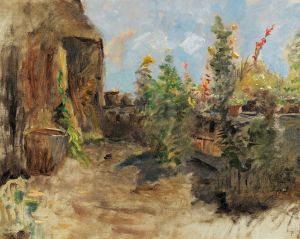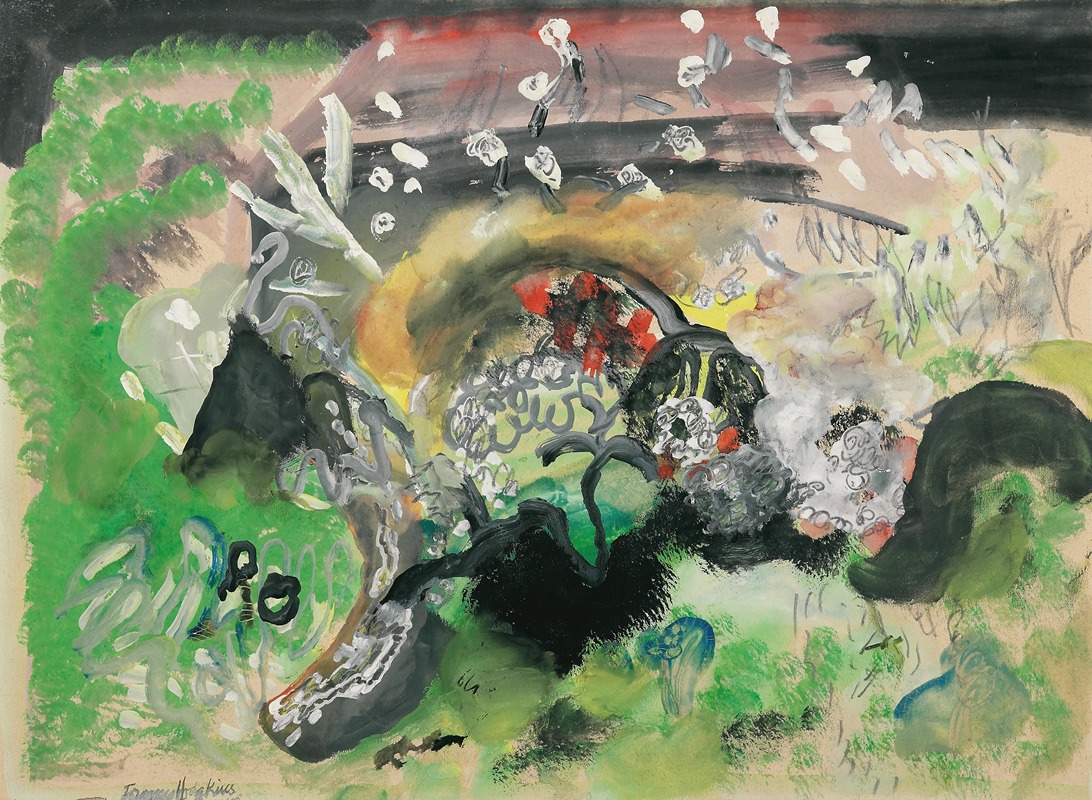
Spring at Little Woolgarston
A hand-painted replica of Frances Hodgkins’s masterpiece Spring at Little Woolgarston, meticulously crafted by professional artists to capture the true essence of the original. Each piece is created with museum-quality canvas and rare mineral pigments, carefully painted by experienced artists with delicate brushstrokes and rich, layered colors to perfectly recreate the texture of the original artwork. Unlike machine-printed reproductions, this hand-painted version brings the painting to life, infused with the artist’s emotions and skill in every stroke. Whether for personal collection or home decoration, it instantly elevates the artistic atmosphere of any space.
"Spring at Little Woolgarston" is a painting by Frances Hodgkins, a prominent New Zealand-born artist known for her contributions to modernist painting. Hodgkins was born on April 28, 1869, in Dunedin, New Zealand, and she became one of the leading figures in the early 20th-century art scene, particularly noted for her innovative use of color and form.
The painting "Spring at Little Woolgarston" was created in 1930, during a period when Hodgkins was living and working in England. Little Woolgarston is a small hamlet in Dorset, England, and the painting captures the essence of the English countryside in springtime. This work exemplifies Hodgkins' mature style, characterized by a vibrant palette and a fluid, expressive approach to landscape painting.
In "Spring at Little Woolgarston," Hodgkins employs a combination of watercolor and gouache, mediums she frequently used to achieve a luminous and dynamic effect. The painting depicts a pastoral scene with blooming flowers, lush greenery, and a sense of renewal that comes with the spring season. Hodgkins' brushwork is loose and gestural, imbuing the scene with a sense of movement and life.
Hodgkins' time in England was marked by significant artistic development and recognition. She was associated with the Seven and Five Society, a group of progressive artists who sought to break away from traditional artistic conventions. Her work during this period reflects a synthesis of influences, including Post-Impressionism and Fauvism, which she adapted to her unique vision.
"Spring at Little Woolgarston" is notable for its composition and use of color. Hodgkins often employed a high-keyed palette, with bold, contrasting colors that create a sense of vibrancy and immediacy. In this painting, the interplay of light and shadow, along with the varied textures of the landscape, demonstrates her skill in capturing the transient beauty of nature.
Frances Hodgkins' contributions to modern art were significant, and her works are held in high regard in both New Zealand and internationally. She exhibited widely during her lifetime, including at the Royal Academy in London and the Venice Biennale. Her legacy continues to be celebrated, with her works featured in major art collections and museums around the world.
"Spring at Little Woolgarston" is a testament to Hodgkins' ability to convey the spirit of a place through her distinctive artistic language. The painting remains an important example of her work and a reflection of her enduring influence on the development of modernist art.





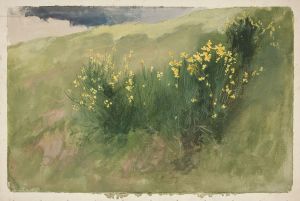
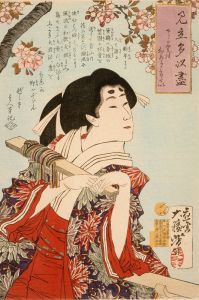
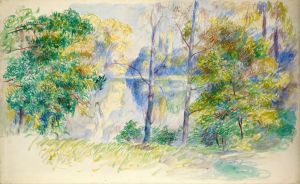
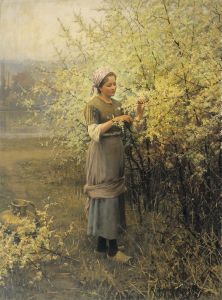
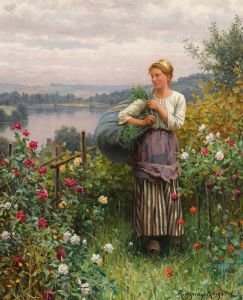
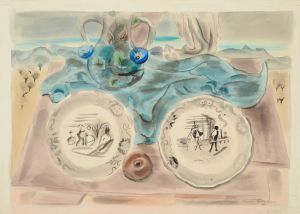
![Untitled [Mother and child]](/imgs/260873/s/frances-hodgkins-untitled-mother-and-child-e53a1b.jpg)
